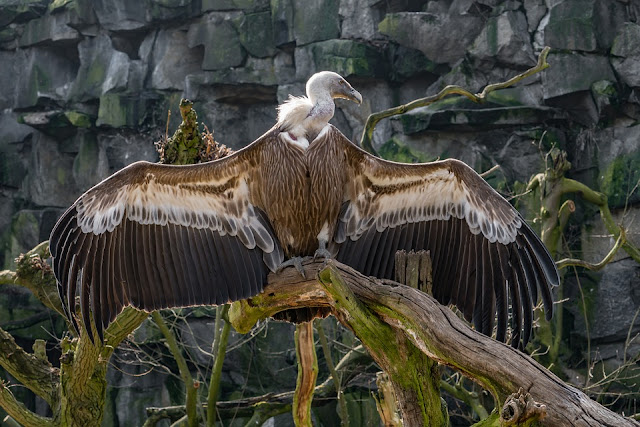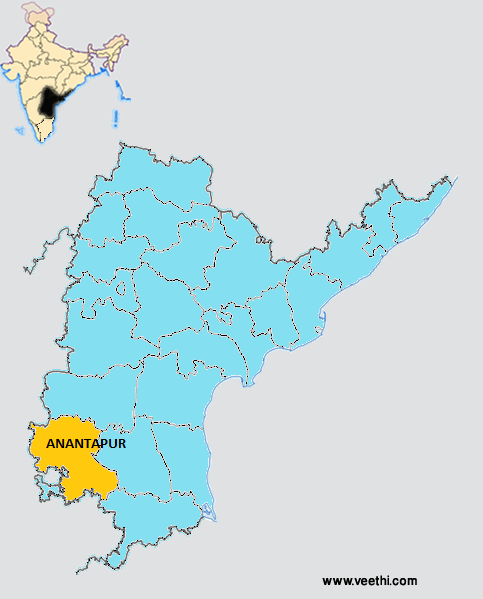Vulture crisis explained, pictorially
The vulture crisis a human induced wildlife disaster
Vultures, the scavenging wild birds in the tropics are on the verge of
extinction in India. An unidentified
virus, is widely believed to be the cause of the decline in vulture population.
Yet, other scientists believe that decrease in the cattle carcasses which is
the main course in the vulture diet, has led to the decline in vulture
population. Other possible causes are poisoned carcasses of cattle, infected
carcasses, and culling of wild birds by aviation and defense authorities.
While the king vultures, which feed on carcasses of wild animals are thriving in the forest areas and wildlife sanctuaries, it is the Longbilled Vultures, Whitebacked vultures and the Slenderbilled Vultures that are most threatened by the virus. Speculating on the population of these threatened species, Dr. Vibhu Prakash, principal scientist at the Vulture Care Centre of the Bombay Natural History Society in Pinjore in North India says….
Senior Ornithologist, S.A. Hussain a former scientist of the Bombay Natural History Society begs to disagree.
“First of all I don’t think there is a disease as such. If that is so, that could have been apparent all over the country uniformly. It was only small population in Bharathpur in north India that was found to be suffering from some kind of discomfiture and they were dying. Nothing no virus at all till today, even they have taken the samples there is no virus, no contamination of pesticide unless ofcourse someone has poisoned deliberately. These vultures do have this habit of drooping and in the time of stress exhaustion overcomes them and they die. Their stress and strain, comes because the food is sometimes scarce. Unlike in Delhi the food sometimes becomes scarce and they have to wait for a long time. Another reason is during the hot sun, they do get exhausted and droop their necks. It’s a phenomenon that most of the vultures face sometime or the other. These virologists have not been able to prove the virus. ”
Among other factors, an artificial scarcity and super abundance of vultures is being created in urban areas because of wrong waste management. This artificial scarcity is reflected in the declining numbers of some of the vulture species, like Longbilled Vultures, Whitebacked vultures Slenderbilled Vultures. Dr. Vibhu Prakash explains this.
“There are over 35000 stray cattle in Delhi only. These cattle die on streets and are generally thrown out in open usually after skinning. Till a few years ago the carcasses could be seen in most parts of cities, now they are thrown away from the city but not very far. There are lot of places to nest and roost in the cities and for vultures a distance of 10-15 km is not a big problem”.
The artificially created super abundance is not found in south India because the sociological patterns in south Indian society ensures that dead animals are either buried or consumed and finished off before vultures find them. The artificial scarcity created by Man offsets the decline in a few species of vultures.
The suspicious sounding artificial scarcity and super abundance notwithstanding, further doubts are raised in claims that carcasses of cows are being poisoned and rendered toxic. Who would want to spray carcasses of cows with a generous spread of toxic chemicals intentionally to kill vultures ? Who might benefit, if at all ? According to Dr. Vibhu Prakash,
“Nobody. But vultures could be unintentional victims. The cowherds sometime poison cattle carcasses to kill predators of cattle. This certainly can not cause a crash in vulture population”.
Another plausible cause seems to be an over dose of the veterinary pain-killer Diclofenac. Diclofenac is often administered to cattle in India. Carcasses of such cattle could well mean the nadir of anything that feeds on it. Again, if cattle feed on fodder or legumes sprayed generously with pesticides, it can obviously affect those creatures that feed on it. According to Dr. Subramanya of Bird Life International, a Professor in the University of Agricultural Sciences in Bangalore,
“The recent school of thought which says that it is analgesic which is causing the decimation of vultures populations. It is supposed to be a veterinary administration of this drug. It is based on a very small sample because there were some horses which were fed on Diclofenac in Pakistan, these died the dead carcasses were allowed to be fed to vultures and they died and they say this drug is causing the decline of vultures. But it is based on a small sample and I don’t think it is a good enough reason to say that it is a ultimate factor for the decimation of vultures”.
The populations of wild king Vultures found in the wildlife sanctuaries and national parks are stable and are thriving as Nature’s scavengers. Their population is unaffected by the pandemic affecting their urban cousins. Strangely, king vultures are found more in south Indian wildlife sanctuaries and national Parks like Nagarhole, Bandipur and of course in the Biodiversity Hotspot - the Western Ghats. Dr. Vibhu Prakash says.

“Only Gyps species of vultures are affected and not of other genus. King Vultures belong to a different genus. The mortality is genus specific, which also points towards a viral disease”.
India’s ethnic minority, the Parsees, who worship Nature’s elements like fire, water, earth, sky and wind, do not either cremate or bury their dead. They discard the mortal remains in the open, leaving it to vultures to decimate all carrion. With the rapid disappearance of the vultures, the most affected community is indeed the Parsees in India. The decline has been so rabid, that the Parsees were forced to install huge solar reflectors in the Silent Towers in Mumbai. These reflectors end up putrefying the human corpses, but it does offend the cultural sensibilities of the rather geriatric society that the Parsees live in. However, those who disagree with the virus theory say, the municipality in Mumbai sterilised the waste disposal schemes and since carrion was not abandoned daily in Mumbai’s Silent Tower the vultures went to the municipal dumps where carrion and carrion refuge were more prolific.
“The population of dogs is shooting up because of the increase in food availability. One can see dogs littering and staying at carcass dumps itself, and not going to villages for food. The population of Rats could also increase”.
When Nature’s scavengers are faced with extinction, it is bound to have far reaching consequences. The increase in waste dumps and callous mismanagement of organic wastes coupled with the decline of vulture population in urban areas led to an increase in population of dogs. Dr. Vibhu Prakash.
It can also lead to increase in rabies in stray dogs. The aerial scavengers pose a threat to civil aviation as well as defense aircraft. It is widely acknowledged off the record, in India, that it is more cost effective to kill and cull the birds rather than go about meticulously managing waste generation in India. A country that is blessed with upto 4 varieties of vultures, two biodiversity hotspots, 3500 tigers, one horned rhinos, black panther, the greatest of river systems and vast land resources does not know the value of its heritage. What else could possibly justify killing of Nature’s creatures?
Credits:
Pictures: Pixabay, Tamilnadu Forest Department, Malini Shankar
Text: Malini Shankar
Links for further reading:
Indian vulture crisis
Increase in vulture population
Vulture conservation in India and Nepal
With India’s vulture population at death’s door, a human health crisis may not be far off











































Comments
Post a Comment